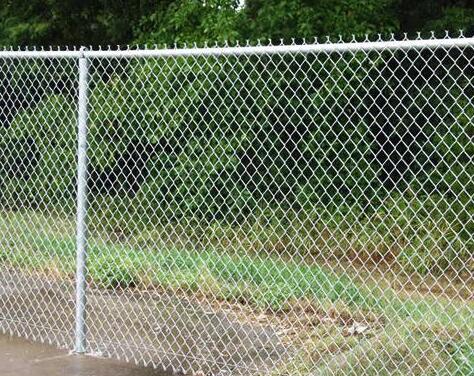Running a Barbed Wire Fence A Practical Guide
Barbed wire fences have been a staple in agricultural and rural settings for decades, serving the vital purpose of protecting livestock and delineating property lines. Building and maintaining a barbed wire fence can seem daunting; however, with proper planning, effort, and a little know-how, anyone can successfully run a barbed wire fence. This article explores the benefits of barbed wire fencing, the preparation needed before starting the project, and a step-by-step guide to running a reliable fence.
Benefits of Barbed Wire Fencing
One of the primary reasons barbed wire fencing is favored by farmers and property owners is its effectiveness in containing livestock. The sharp barbs deter animals from trying to escape or intrude on neighboring properties. Additionally, barbed wire is relatively low in cost compared to other types of fencing materials, making it an economical choice for long stretches of land. It is also durable and can withstand harsh weather conditions, ensuring longevity and protection over the years.
Preparation Before Constructing the Fence
Before embarking on the journey of installing a barbed wire fence, several preparatory steps must be taken. First, it is essential to determine the purpose of the fence, whether for livestock containment, property division, or security. This clarity will help in deciding the height, design, and specific materials required.
Next, check local regulations regarding fence installation. Some areas have restrictions concerning height and type of fencing, especially where visibility is a concern. Measurement of the boundary lines is crucial; accurately marking the corners and endpoints will make the installation process smoother.
After assessing the land and regulations, gather your materials. You'll need barbed wire, fence posts (wood, steel, or vinyl), fencing staples, a wire stretcher, fencing pliers, and possibly corner bracing equipment if the fence is long or under significant tension.
Step-by-Step Guide to Running a Barbed Wire Fence
running barbed wire fence

1. Setting the Posts Begin by marking your fence line with stakes at regular intervals, ideally every 10 to 12 feet for wooden posts and every 15 to 20 feet for metal posts. Dig holes for the posts, ensuring they are deep enough to anchor the fence securely—typically about one-third of the post’s length. Place the posts in the holes, level them, and fill with concrete or tamped dirt to ensure they remain upright and solid.
2. Installing Corner and End Posts Corner and end posts bear the most tension. To ensure their strength, use heavier posts and set them deeper than the intermediate posts. Installing diagonal braces can add even more stability.
3. Stringing the Barbed Wire Start at one end of the fence and feed the barbed wire through the holes at the top of the posts. It’s recommended to use at least three strands of wire for adequate security. Make sure to maintain even spacing between the strands, which typically varies from 6 to 12 inches apart, depending on the type of livestock you're containing.
4. Stretching the Wire Once the wire is threaded through, use the wire stretcher to pull the wire tight. This ensures that the fence remains taut, preventing sagging and increasing its strength. Secure the wire at each post using fencing staples, taking care not to over-tighten, which may damage the posts.
5. Finishing Touches After all the wire is in place, inspect your work for any loose sections or need for adjustments. Trim any excess wire and ensure there are no protruding barbs that could pose a hazard to livestock or humans.
6. Regular Maintenance Finally, after the installation, regular maintenance is essential. Check the tension of the wires periodically, inspect for any damage caused by weather or wildlife, and repair as necessary to maintain the integrity of your fence.
Conclusion
Running a barbed wire fence can seem challenging at first, but with proper planning and execution, it becomes a manageable project that reaps numerous benefits. Not only will it help in securing your livestock and property, but it will also provide peace of mind knowing the boundaries are clearly defined and protected. With regular maintenance, your barbed wire fence will serve you well for many years to come.

















